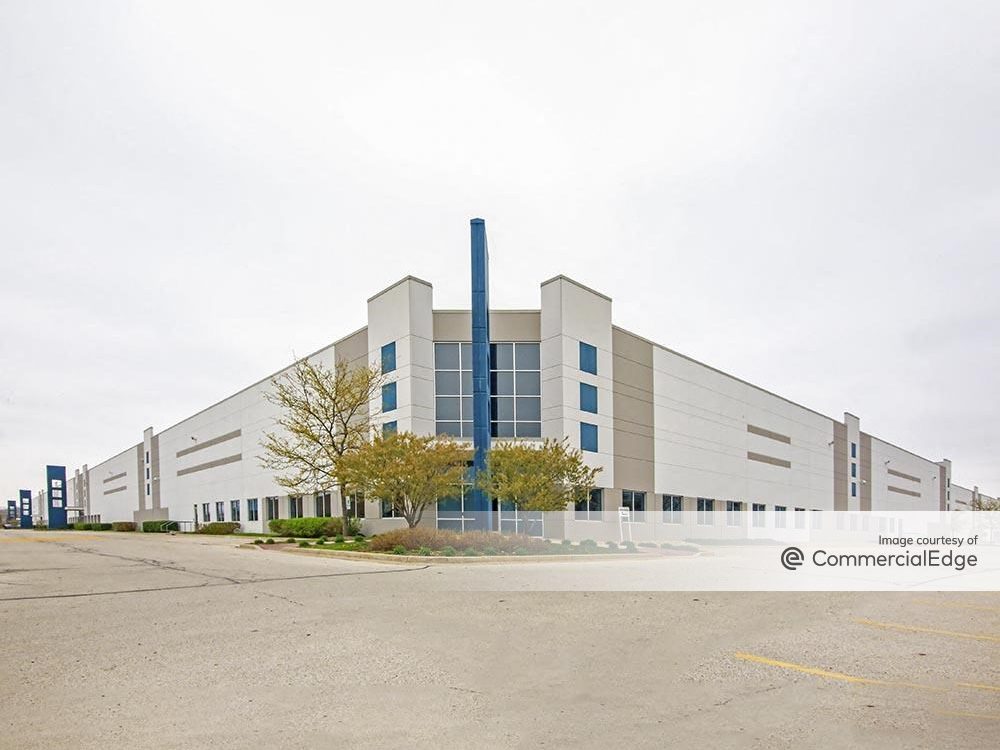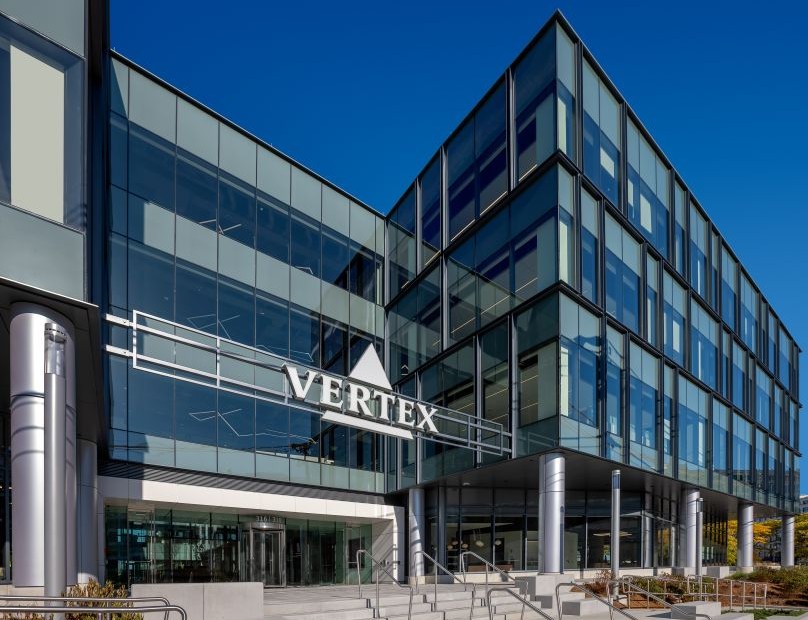How Cautious Lending Impacts Construction Financing
Tricky price discovery and economic uncertainty are keeping many on the sidelines. But for how long?
Like the rest of the commercial real estate investment market, construction lending has slowed considerably since the Federal Reserve began hiking interest rates last year. That’s not to say that the market lacks capital. Plenty of cash is available, but most of it remains on the sidelines as lenders try to navigate property value ambiguity and tricky economic and inflation pictures.
READ ALSO: Amid CRE Default Concerns, Bank Capital Rules to Change
Lenders are looking for the right development deals to finance, namely those in markets with high barriers to entry and backed by deep-pocketed borrowers that have a long track record of success. Lenders remain most enamored of industrial opportunities and wary of office and retail deals absent significant preleasing by strong tenants, observed Shlomi Ronen, managing principal with Dekel Capital, a Los Angeles-based real estate merchant bank.
Consequently, the environment is producing more disappointed than satisfied borrowers.
“The demand for construction financing is very high—we continue to see a lot of requests,” reported Vicky Schiff, CEO of Avrio Real Estate Credit, a private lender with offices in Los Angeles, Denver, New York City and Toronto. “But we don’t think a lot of them make sense.”
Tightened terms
For construction borrowers that do pass muster these days, loan terms are more difficult. In general, the amount of leverage lenders are willing to provide has come down to around 60 to 70 percent of cost and spreads and loan fees have gone up, Ronen said.
As of late August, the short-term benchmark secured overnight financing rate was a record high of 5.3 percent, according to the Fed. That represents a giant increase from near zero in early 2022. Lenders are now pricing construction loans at anywhere from 350 to 600 basis points above SOFR, which is a little higher range than 18 months ago, observers said.
“Debt funds are the primary go-to source for construction financing right now,” Ronen noted. “We are also seeing some banks in the market, but they are very cautious from a loan-to-cost perspective.”
Timing matters
Construction lenders are especially focused on the viability of projects when completed and the ability of developers to secure permanent financing, said Barry LePatner, a real estate construction adviser and founder of the New York City-based construction law firm LePatner & Associates.
“There is a huge amount of money waiting to be invested, but construction lenders are being very selective,” he pointed out. “They want to be sure that the developer is going to have no problem replacing their loan with financing of 15 or 30 years.”
READ ALSO: Bankruptcy Court and Distressed CRE Opportunity
In some cases, investors that bought land a few years ago and spent the intervening time planning and getting entitlements have discovered that not only are interest rates for construction loans considerably higher, but so are costs for construction materials, Schiff said.
“If somebody purchased land at the height of the market, the project they were hoping to build may not be viable anymore,” she explained. “So a lot of buyers are pulling back and saying, ‘Now is really not the right time.’”
Looking ahead
To some degree, what happens for the rest of 2023 and beyond depends on what the Federal Reserve does. LePatner noted that many economists think that by the end of the year the Fed will signal future rate cuts, which could spark a stock market run-up and more building.
Counter to that narrative is the fact that lenders are occupied with more pressing matters. Many banks are seeking ways to resolve troubled floating-rate loan portfolios, while lenders such as debt funds and mortgage REITs that utilize outside funding are focused internally amid an interest rate environment that looks to be higher for longer, Schiff said.
The office market disruption and weakness in the banking sector, for example, have begun to fuel construction loan sales, Ronen said. One of the most publicized has been PacWest’s sale of some $2.6 billion of construction loans to Kennedy-Wilson Holdings.
What’s more, the fact that such fixed-income investments as money markets and CDs are providing investors with risk-free yields in the neighborhood of 5 percent or more for the first time in years has increased competition for capital in general, Schiff said.
“How much risk are you going to take to invest in real estate construction—how much return are you going to require for tying up your money?” Schiff asked. “There are other opportunities in the market right now to do something other than ground-up construction.”










You must be logged in to post a comment.